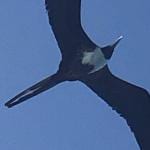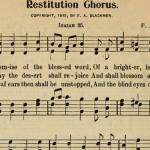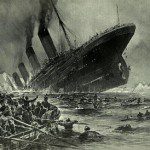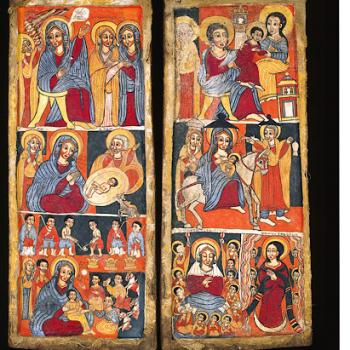I asked for new voices and got some outstanding writers! Today we hear from the erudite James R. Harrington.
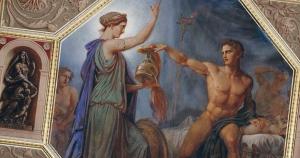 James R. Harrington earned his M.A. in Ancient History at California State University Fulleron and is a member of the Torrey Honors Institute. James has been a classical educator in a variety of settings over the past thirteen years. He lives in Houston with his wife, Sharon, and their daughter.
James R. Harrington earned his M.A. in Ancient History at California State University Fulleron and is a member of the Torrey Honors Institute. James has been a classical educator in a variety of settings over the past thirteen years. He lives in Houston with his wife, Sharon, and their daughter.
Mr. Harrington responded to thoughts on his first post.
Now he is turning to a new shield:
Once you learn to pay attention to Achilles’ Shield, you begin to notice the “hero’s shield” trope everywhere in literature. Aeneas carries the future of his people on his shield; Gawain carries his knightly virtues. A hero’s shield, as a literary device, carries significant symbolic meaning. When that hero, like Achilles or Aeneas, speaks for an entire culture, the shield often encapsulates the world-picture his deeds create.
At the beginning of Greek literature stand two great titans: Homer and Hesiod. We have seen in the first post how Homer uses Achilles’ Shield to portray a cosmos in competition. In a fragment attributed to Hesiod called The Shield of Herakles, a similar passage presents one of the culture-hero’s famous exploits: the slaying of Cycnus. This unstoppable war machine has been waylaying pilgrims journeying to Apollo’s sacred grove, and before Herakles can impose civilization on the outlaw, he has to arm himself appropriately. Cycnus is the son of Ares, or unrestrained warfare. To re-impose order on Cycnus, Herakles will need a different kind of force. His patron, Athene, is the goddess of defensive/limited warfare, and he dons armor forged by the god of craftsmen, Hephaistos. As with Achilles’ Shield, the shield Hephaistos gives Herakles is a miniature cosmos bounded by Ocean. In its center, however, are not the orderly stars, but a grim depiction of Fear and Strife. The world of Herakles’ shield is “caught between the Devil and the deep blue sea.” Between these bounds are a series of conflicts that move from the mere savagery of boars fighting lions, through images of the all-victorious gods, to scenes of men: taming the sea with safe harbors, destroying monsters, warring with one another, and finally achieving a civilized state where the violent forces of Fear and Strife are harnessed with the power of Culture to create dances, choirs, races, and a joyous festival.
At first, the images on the two shields seem remarkably alike in imagery and meaning: the cosmos is a place of endless competition between opposite forces. Closer inspection reveals a difference in emphasis. While the Shield of Achilles presents an eternal battle between ordered and unordered strife, Herakles’ Shield shows a definite progression. The scenes begin in Fear, Strife, and animal violence, but a new force appears with the Olympian gods: Culture. In Hesiod’s poems Works and Days and Theogony, Zeus and the Olympian gods impose order on the cosmos after violently overthrowing the Titans. Herakles, as the son of Zeus, repeats this pattern as he slays Cycnus, the son of Ares, and restores Apollo’s grove as a center of Culture where religion and festivities can once again take place. The difference is subtle, but the variation between the two shields reveals a dialogue right at the beginning of Greek Literature. As Hesiod says: “So after all, there was not one kind of Strife alone, but all over the earth there are two. As for the one, a man would praise her when he came to understand her; but the other is blameworthy: and they are wholly different in nature.”*
——————————————-
*Hesiod, Works and Days, lines 11-13 as found in: Hesiod, Hesiod, Homeric Hymns, Epic Cycle, Homerica. Hugh G. Evelyn White trans. Cambridge: Loeb Classical Library, 2002. p 3.


